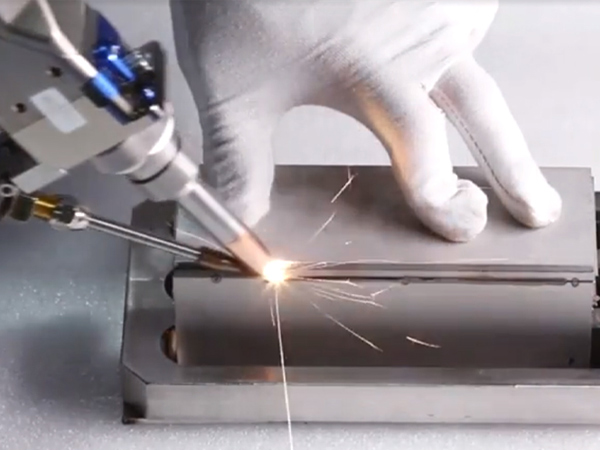Laser welding defects like cracks, porosity, spatter, burn-through, and undercutting can result from improper settings or heat management. Solutions include adjusting welding parameters and using chillers to maintain consistent temperatures. Water chillers help reduce defects, protect equipment, and improve overall welding quality and durability.
Laser welding is a highly efficient and precise method used in various industries. However, certain defects such as cracks, porosity, spatter, burn-through, and undercutting can occur during the process. Understanding the causes of these defects and their solutions is key to improving the welding quality and ensuring long-lasting results. Below are the main defects found in laser welding and how to address them:
1. Cracks
Cause: Cracks commonly occur due to excessive shrinkage forces before the weld pool has completely solidified. They are often associated with hot cracks, such as solidification or liquation cracks.
Solution: To reduce or eliminate cracks, preheating the workpiece and adding filler material can help distribute the heat more evenly, thus minimizing the stress and preventing cracks.
2. Porosity
Cause: Laser welding creates a deep, narrow weld pool with rapid cooling. The gases generated in the molten pool do not have enough time to escape, leading to the formation of gas pockets (pores) in the weld.
Solution: To minimize porosity, clean the workpiece surface thoroughly before welding. Additionally, adjusting the direction of the shielding gas can help control gas flow and reduce the likelihood of pore formation.
3. Spatter
Cause: Spatter is directly related to power density. When the power density is too high, the material vaporizes intensely, causing splashes of molten material to fly out of the weld pool.
Solution: Reduce the welding energy and adjust the welding speed to a more suitable level. This will help prevent excessive material vaporization and minimize spattering.

4. Burn-through
Cause: This defect occurs when the welding speed is too fast, causing the liquid metal to fail to redistribute properly. It can also happen when the joint gap is too wide, reducing the amount of molten metal available for bonding.
Solution: By controlling the power and welding speed in harmony, burn-through can be prevented, ensuring that the weld pool is adequately managed for optimal bonding.
5. Undercutting
Cause: Undercutting happens when the welding speed is too slow, resulting in a large, wide weld pool. The increased molten metal volume makes it difficult for surface tension to hold the liquid metal in place, causing it to sag.
Solution: Lowering the energy density can help avoid undercutting, ensuring the molten pool maintains its shape and strength throughout the process.
Role of Water Chillers in Laser Welding
In addition to the above solutions, maintaining the optimal working temperature of the laser welder is crucial to preventing these defects. This is where water chillers come into play. Using a water chiller during the laser welding process is essential because it helps maintain a consistent temperature in the laser and workpieces. By effectively controlling the heat in the welding area, water chillers reduce the heat-affected zone and protect sensitive optical components from thermal damage. This ensures the stability and quality of the laser beam, ultimately improving the welding quality and reducing the likelihood of defects such as cracks and porosity. Furthermore, water chillers extend the life of your equipment by preventing overheating and providing reliable, stable operation.
Conclusion: By understanding the root causes of common laser welding defects and implementing effective solutions, such as preheating, adjusting energy and speed settings, and using chillers, you can significantly improve welding quality. These measures ensure high-quality, aesthetically pleasing, and durable products, while also enhancing the overall performance and lifespan of your laser welding equipment.
For more information on how to optimize your laser welding process with advanced cooling solutions, feel free to contact us.
We're here for you when you need us.
Please complete the form to contact us, and we'll be happy to help you.
Copyright © 2025 TEYU S&A Chiller - All Rights Reserved.